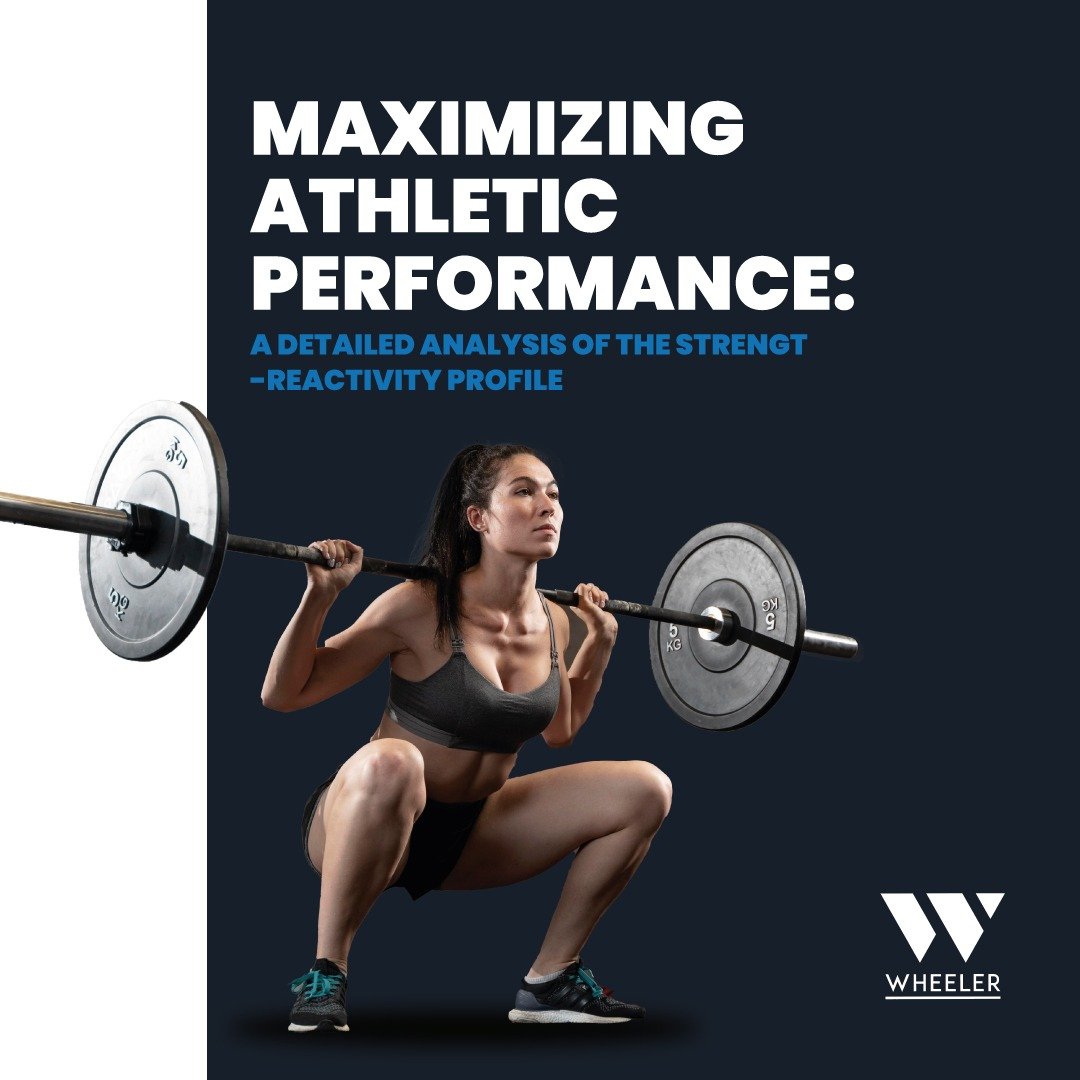Introduction: The Science behind Athletic Performance
Understanding the Force-Reactivity Profile
In the world of elite sports, every detail matters. From technique to physical strength and responsiveness, athletes constantly seek to enhance their performance to reach new levels of excellence. In this context, the force-reactivity profile emerges as an invaluable tool for understanding and optimizing each individual’s athletic potential.
What is the Force-Reactivity Profile?
The force-reactivity profile is an assessment approach that analyzes an athlete’s ability to generate force and react quickly and efficiently. It relies on data obtained from specific tests, such as the vertical jump, which provide crucial insights into an individual’s neuromuscular and structural adaptations.
Improving Basic Strength and Reactivity
In the first quadrant, we encounter athletes exhibiting low capacity in both strength and reactivity. These individuals require a focus on improving basic neuromuscular adaptations. Training programs concentrate on developing fundamental strength and neuromuscular reaction capacity through specific exercises like lunges and loaded squats, as well as reactive exercises designed to enhance neuromuscular responsiveness.
Optimizing Strength and Enhancing Reactivity
The second quadrant presents athletes with high strength but low reactivity. Here, the focus shifts to enhancing reactive capacity while maintaining acquired strength. Training programs include intensive strength exercises like squats and Olympic lifts, alongside reactive exercises with moderate heights to stimulate quick muscle response.
Achieving Peak Performance
In the third quadrant, we find athletes who have reached an optimal level of performance, displaying high levels of both strength and reactivity. For these individuals, the focus lies in maintaining and continuously improving their athletic capacity. Training programs may involve high-intensity exercises like Olympic lifts and explosive jumps, coupled with high-intensity plyometrics to sustain their reactive capacity at its maximum potential.
Developing Fundamental Strength and Reactivity
The fourth quadrant features athletes with good reactivity but a low level of strength. For these individuals, the focus is on developing fundamental strength while maintaining their reactive capacity. Training programs include a combination of basic strength exercises like squats and lunges, alongside moderate-height plyometrics to enhance their neuromuscular responsiveness.
Conclusion: The Importance of Personalization in Sports Training
The force-reactivity profile provides invaluable guidance for designing personalized training programs that maximize each individual’s athletic performance. By understanding the different quadrants and associated needs, coaches can effectively and efficiently guide their athletes toward athletic success.
Join Our Membership for More Information!
If you’re eager to delve deeper into this fascinating topic and learn how to apply the force-reactivity profile in your own training or that of your athletes, we invite you to join our exclusive membership. Discover how you can reach new levels of athletic excellence and unlock your true potential as an athlete. Don’t wait any longer to take your performance to the next level! Link to Membership
Author


